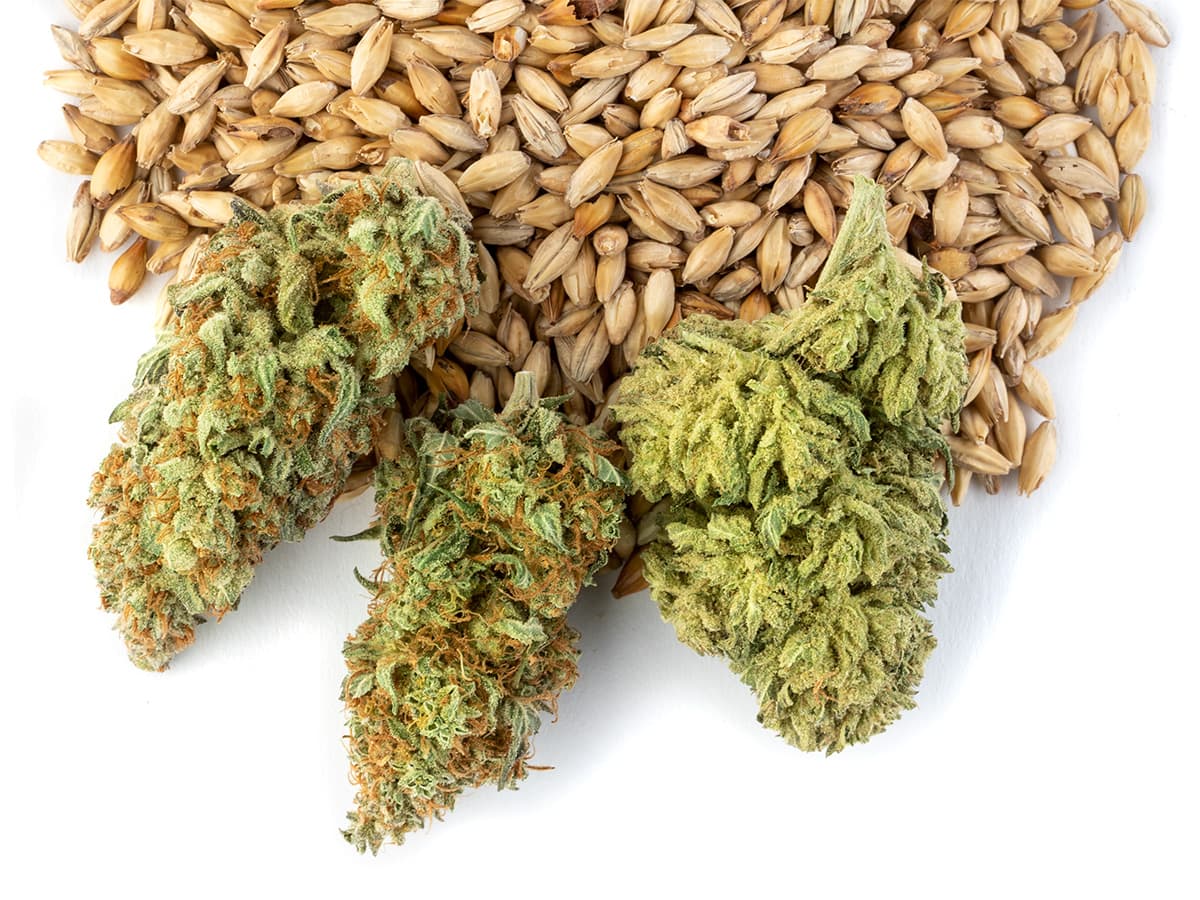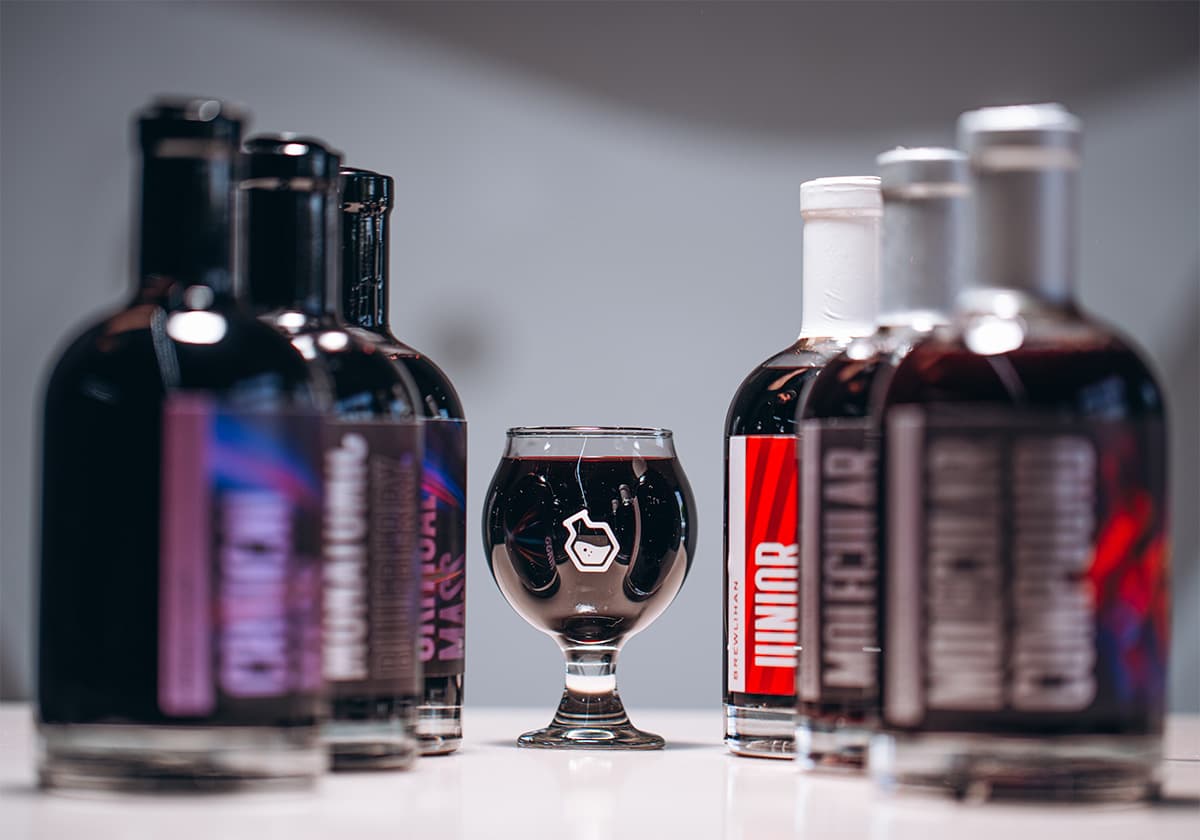
The Hard Part About Making THC Beverages Isn’t the Making
ALL ACCESSCurious about the heady world of cannabis drinks? The barriers to entry are lower than you might think—but just because your brewery can, doesn’t mean it should.
31 articles in this category

Curious about the heady world of cannabis drinks? The barriers to entry are lower than you might think—but just because your brewery can, doesn’t mean it should.

In South Florida, former science teacher John Hoolihan is scaling up his pursuit of flavor, fueled by demand for sparkling meads and informed by a feedback loop where customers have a real say.

When done thoughtfully, fruited sours, spiked sodas, and even hard seltzers can address many of the same drinker demands as RTD cocktails.

Brews of a different kind have the potential to bolster sales and expand your brewery’s local footprint. But quality-focused coffee programs take a variety of shapes—which is the right fit for your brewing business?

These hospitality veterans are leveraging a quirky location and daylight synergy with coffee and cocktails to tune a vibe that's in sync with their city.

As a brewer, you have experience in making delicious beverages, but hemp-derived THC drinks are not beer. Here’s what to know about production timelines, sales, staffing, and more.

The fusion of hard seltzer and hop water is happening—and in a niche of the booming “fourth category,” there may be a thirst for it.

Born of companionship, curiosity, and confident risk-taking, this soulful North Carolina brewery continues to explore new creative interests while growing deeper roots in its community.

These self-described “coyotes” are always on the hunt for the next improvement and next opportunity—a drive that’s led them to medals, expansion, and the flavorful grounds beyond beer.

In roughly half the United States, a growing number of hemp-based THC products are finding customers, often in a regulatory vacuum. There are opportunities there for small breweries—but there are also plenty of questions yet to be resolved.

Even beyond hop aroma and flavor, researchers have identified a number of ways that advanced hop products and related offerings can help nonalcoholic beer taste more like the real thing.

Adding a distillery to a brewing business can be a big leap—but there are synergies that can help the cost and effort pay off. Here’s how getting into craft spirits can add value to your brewery while leveraging costs.

Plenty of evidence suggests that skillfully applied hop character can make NA beers more satisfying. While making them both tasty and food-safe is a challenge, the knowledge base is growing alongside the number of hop products that can help.

A smattering of craft breweries across the country are making natural wines—and it’s not just an afterthought. Here’s how they’re adding a widely popular beverage while treating its creation in the same way they treat their brewing: with intention.

Hop water is going mainstream thanks to its broad appeal and low cost of entry for small breweries. In the second of a two-part series on producing hop water safely and profitably, we zoom in on production, packaging, and the importance of testing.

Bubbly, dry, quenching, and unencumbered by alcohol, calories, or carbs, hop water is gaining momentum—but is it a fit for your brewery? In the first of a two-part series, here are some key considerations.

Twisted or otherwise, hard tea can be made creatively at a small scale while appealing to a surprising range of customers. Here’s how a few small breweries are finding ways to make this drink work for their operations.

New research and can-lining tech are expanding the options for beverages such as hard kombucha, canned cocktails, and more. Meanwhile, experts strongly urge brewers to test their cans thoroughly before releasing new drinks to market.

For some breweries looking beyond beer, copackers have become vital partners for launching new products. Here’s what to know when weighing your options.

You don’t have to join ’em to beat ’em. Trends in flavored malt beverages, canned cocktails, and even nonalcoholic products suggest new ways to develop and market beer that connects with today’s exploratory drinkers.